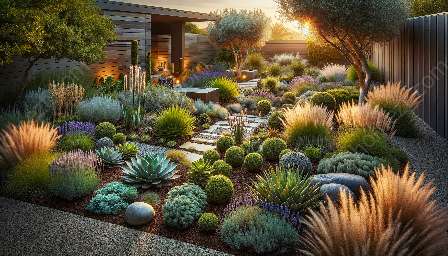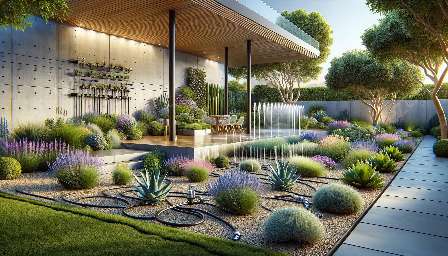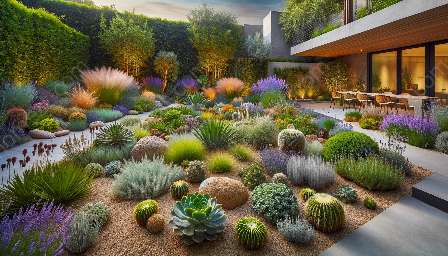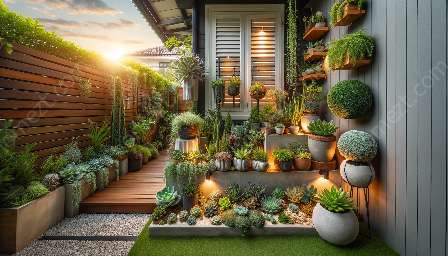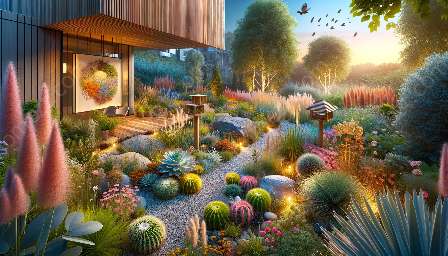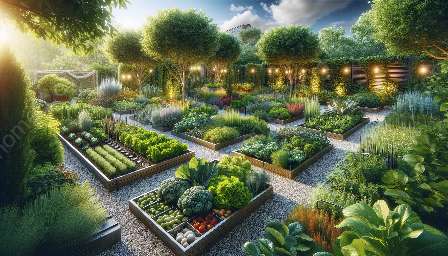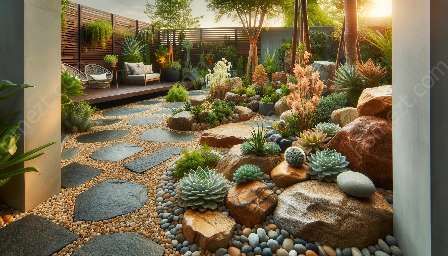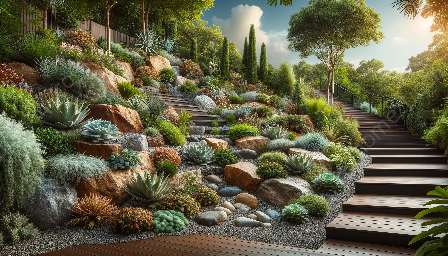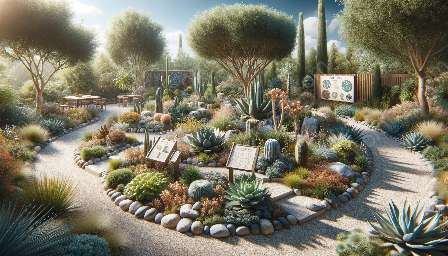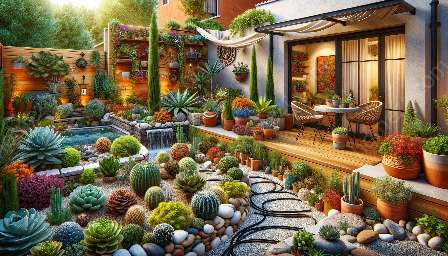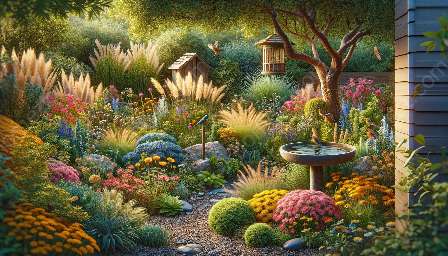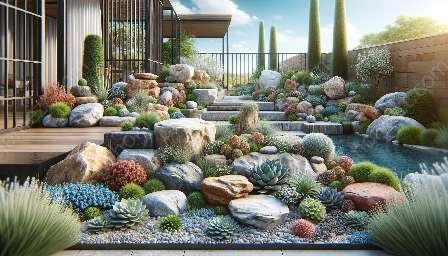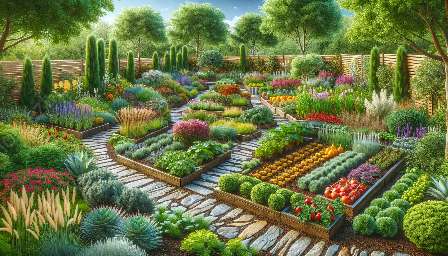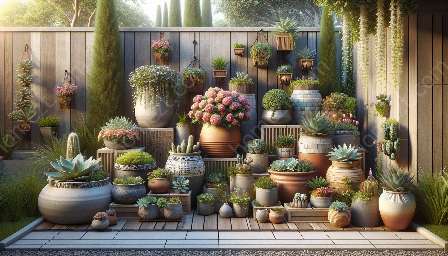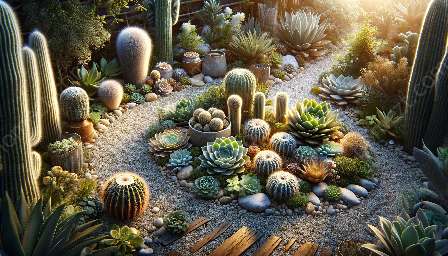Xeriscaping is a sustainable landscaping and gardening approach that focuses on water conservation and creating beautiful, low-maintenance outdoor spaces. To implement xeriscaping effectively, it is essential to have the right tools and equipment. Whether you are transforming your existing garden or starting from scratch, having the necessary tools and equipment will help you achieve the desired results efficiently. In this guide, we will explore the essential xeriscaping tools and equipment you need to create an attractive and real xeriscaped garden that harmonizes with your gardening and landscaping efforts.
Understanding Xeriscaping
Xeriscaping, derived from the Greek word 'xeros' meaning dry, is a landscaping philosophy that promotes water conservation through the use of drought-tolerant plants, efficient irrigation, and thoughtful design. By incorporating xeriscaping principles into your gardening and landscaping projects, you can reduce water consumption, minimize maintenance requirements, and create visually stunning outdoor spaces that thrive in arid climates or during water restrictions. To achieve these goals, specific tools and equipment are necessary to facilitate the xeriscaping process.
Essential Xeriscaping Tools
1. Soil knife: A versatile tool for digging, planting, weeding, and cutting. The soil knife is an all-in-one tool that can help you prepare the soil, install plants, and remove unwanted vegetation without the need for multiple specialized tools.
2. Drip irrigation kit: An efficient way to deliver water directly to the roots of your xeriscape plants, minimizing water waste and promoting healthy growth. Drip irrigation kits are essential for conserving water and maintaining proper moisture levels in your garden, especially in dry climates.
3. Rain gauge: A tool for measuring precipitation levels in your garden. Monitoring rainfall can help you adjust your irrigation schedule and prevent overwatering, ensuring that your xeriscaped garden receives just the right amount of moisture.
4. Hand pruners: Essential for regular maintenance and shaping of xeriscape plants. Quality hand pruners will help you trim and shape your plants with precision, promoting their health and appearance.
5. Shovel and rake: These basic tools are essential for soil preparation, transplanting, and grooming the garden bed. Look for sturdy, ergonomic designs that can handle the demands of xeriscape installation and maintenance.
Equipment for Sustainable Xeriscaping
1. Mulch: An essential component of xeriscaping that helps conserve moisture, suppress weeds, and regulate soil temperature. Opt for organic mulch materials such as wood chips or compost to enhance the aesthetics and sustainability of your xeriscape garden.
2. High-quality garden hose: Choose a durable, kink-resistant garden hose for efficient watering, cleaning, and maintenance of your xeriscape garden. Look for hoses with adjustable nozzles to deliver water directly to plants without waste.
3. Rock or gravel: Incorporating decorative rock or gravel into your xeriscape design can enhance drainage, create visual interest, and reduce the need for traditional lawn maintenance. Selecting the right type and size of rock or gravel is essential for achieving the desired aesthetic and functional benefits.
4. Landscape fabric: Use landscape fabric to suppress weeds and conserve moisture in your xeriscape beds. Properly installed landscape fabric can reduce maintenance and support the long-term health of your xeriscape plants.
Implementing Xeriscaping Techniques
Once you have gathered the necessary xeriscaping tools and equipment, it's time to implement xeriscaping techniques that are compatible with gardening and landscaping principles. Here are a few tips to integrate xeriscaping effectively into your outdoor spaces:
- Plant Selection: Choose native or drought-tolerant plants that are well-adapted to your local climate. Group plants with similar water needs to maximize irrigation efficiency and create visually appealing arrangements.
- Efficient Irrigation: Install a drip irrigation system or opt for soaker hoses to deliver water directly to the root zones of your plants. Adjust your irrigation schedule based on seasonal weather patterns and the specific needs of your xeriscape plants.
- Proper Soil Preparation: Improve soil quality and drainage by adding organic matter and preparing the planting area to promote healthy root growth. Consider the use of mulch to conserve moisture and minimize soil erosion.
- Maintenance Practices: Regularly monitor your xeriscape garden for weeds, pests, and signs of water stress. Prune plants as needed and adjust your maintenance routines to support the long-term success of your xeriscape design.
Conclusion
Xeriscaping opens up a world of possibilities for creating sustainable, visually appealing gardens and landscapes. By utilizing the right tools and equipment, you can implement xeriscaping effectively and harmonize it with your gardening and landscaping endeavors. Whether you are a beginner or experienced gardener, the principles of xeriscaping and the essential tools and equipment outlined in this guide can empower you to transform your outdoor spaces into beautiful, low-maintenance environments that thrive in diverse environmental conditions.

